TV's big takeover: why Freesat is offering up its best tech feature to all
Freesat looks to the future
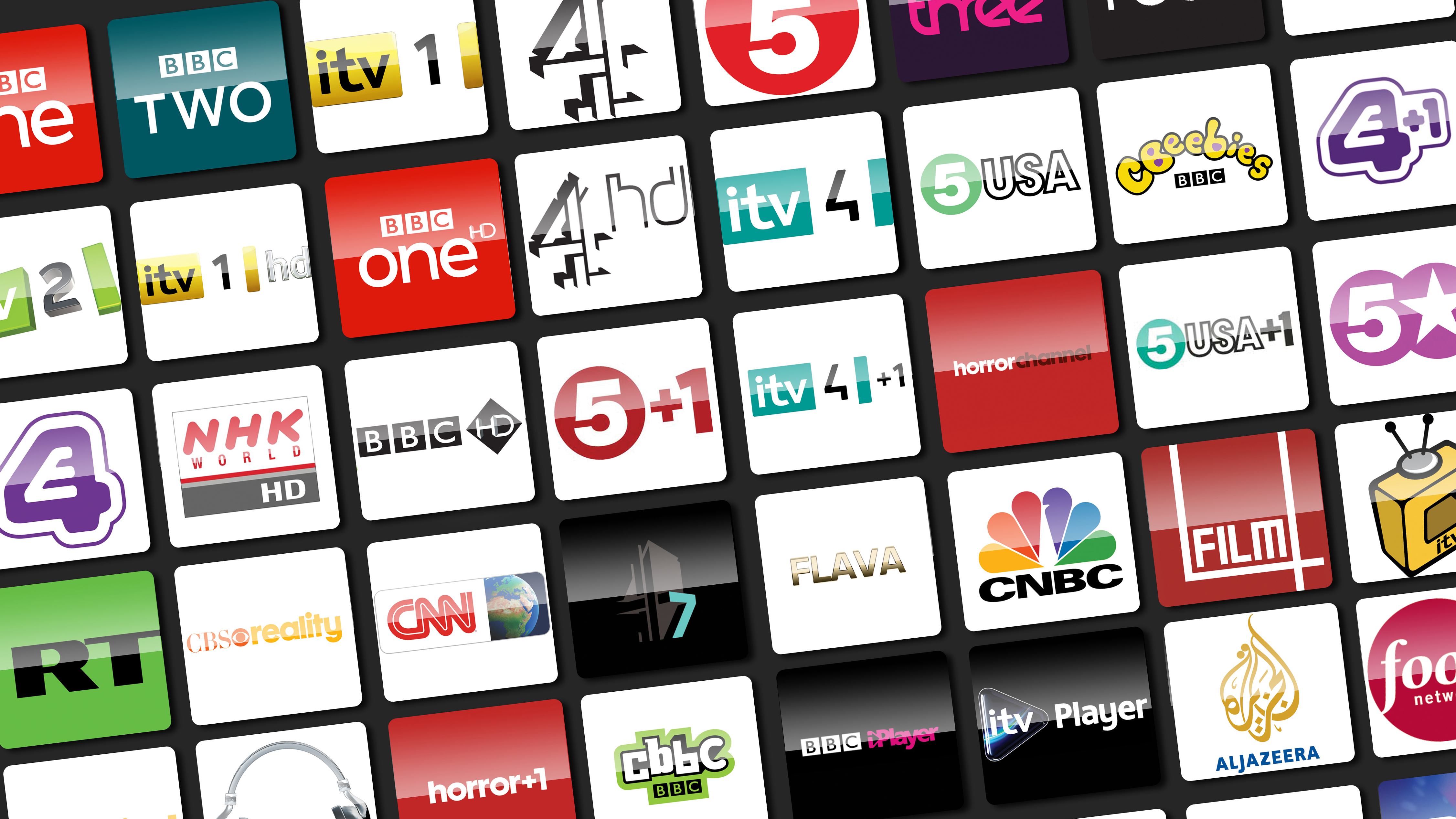
Freesat celebrated its sixth birthday this week, and since its inception it has done an admirable job of becoming a viable alternative to Freeview, positioning itself as a free-to-air offering that rejuvenates once-abandoned satellite dishes.
It seems, however, that Freesat's ambitions are bigger than resuscitating your old dish. Much bigger. The TV service has so far used 2014 to prove to the world that it can be more than Freeview for satellite users. In a bid to stay relevant in an ever-changing broadcast world, it has moved beyond the humble set-top box and began offering up its technologies to those whose only dealings with a dish is in the kitchen.
It has done this twofold: by offering up an iOS app that can by used by anyone to plan their viewing and get recommendations and by freeing up Freetime - its enhanced EPG that's no longer shackled to Freesat set-top boxes but available to any manufacturer who wants to make their TV channel listings better.
Device agnostic
"We are moving into a world where we want to be device agnostic," Emma Scott, Freesat's managing director, tells TechRadar.
"It still takes a long time to develop a set-top box and it's expensive for us and the manufacturers. So it is right that we become an aggregator of content so people can choose what to watch. And that means we have to have the best service possible to deliver this."
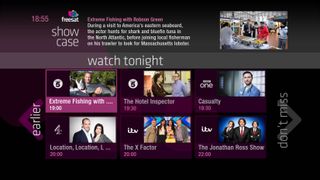
The "best service," according to Scott, is Freetime. Concieved by Freesat's in-house tech team - there's a total of 35 people in the entire company - the enhanced EPG was created using HTML. Originally it was meant only for Freesat users - and has been on set-top boxes since 2012 - but this idea soon changed when the possibility of expanding the service came up.
"When we originally thought up Freetime it was just for Freesat, a sort of next-gen version of the service," says Scott. "But we are now showing that Freetime is something that doesn't exist in its own right but sits across a platform - whether this is Freesat or Freeview."
Get the best Black Friday deals direct to your inbox, plus news, reviews, and more.
Sign up to be the first to know about unmissable Black Friday deals on top tech, plus get all your favorite TechRadar content.
The ability to make such a significant change, which brings with it massive scope for expanding the Freesat brand, is something that Scott puts down to being a small, nimble company that doesn't have to go through layers of bureaucracy to get things done.
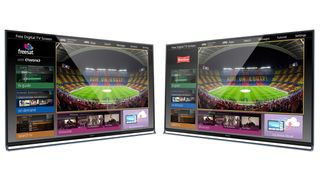
The plan worked. Freeing Freetime from Freesat was a big reason why Panasonic was one of the first to add Freetime to its 2014 smart TV lineup. Allowing the service to work across both its Freeview and Freesat TV setups ended up being a deal clincher.
"Panasonic chose us because we could not only give them a beautiful guide, with all of the channels it needed, but we also have licenses for all of the on-demand players," explains Scott.
"What Panasonic said, however, was 'Freetime is brilliant but we want this to look the same in Freeview mode as well.' So I asked our owners and they said 'yes'."
In control
Freetime isn't without its rivals. The service has competition in the free-to-air space from YouView, which has recently had its funding improved and is strengthening thanks to link-ups with a number of big ISPs who are offering unique content through their broadband connections.
Both services offer enhanced offerings to those who don't want to sign up to a Sky or Virgin contract. These include backwards search in the TV guide - something Scott says is unique in the UK thanks to the popularity of iPlayer - showcased content and on-demand shows available.
But Scott feels that having Freetime detached from a set-top box is what sets the service apart from any rivals. The reason: it means that Scott and her team can retain complete creative control.
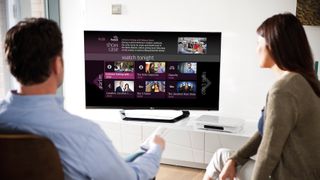
"We didn't create Freetime specifically for Panasonic, it also be used by Vestel and other manufacturers," notes Scott.
"This means that we are in control and if we want to change things in the service then we can do this without asking the manufacturers. You can see we do this with the hand-picked showcased content we offer.
"I want to know that if someone buys a Freetime-enabled TV now that they will still get the best experience four years down the line.
"A TV should last 10 years and neglected apps stopping working are just not fair on consumers."
Enhanced functionality
Freetime on a Panasonic TV is a big step in the right direction for free television. It's a service that adds an enhanced layer of functionality for those that want it.
Scott does believe, though, that while this adds an easy way to get into on-demand shows, linear TV has still got a long way to go before it's overtaken by time-shifted viewing. So any changes to how users find shows to watch have to be subtle.
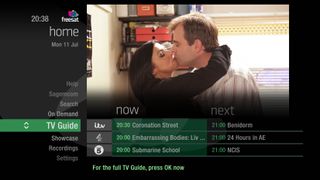
"There has been such a seismic change in the industry since we launched Freesat but I don't believe that IP streaming is anywhere ready yet. I am a real proponent of over the air so we have to be really careful that we don't overcomplicate the consumer. If it is too complicated then it won't be used," she says.
"We are viewer focused but marry this up with some great technical thinking."
Marc Chacksfield is the Editor In Chief, Shortlist.com at DC Thomson. He started out life as a movie writer for numerous (now defunct) magazines and soon found himself online - editing a gaggle of gadget sites, including TechRadar, Digital Camera World and Tom's Guide UK. At Shortlist you'll find him mostly writing about movies and tech, so no change there then.
